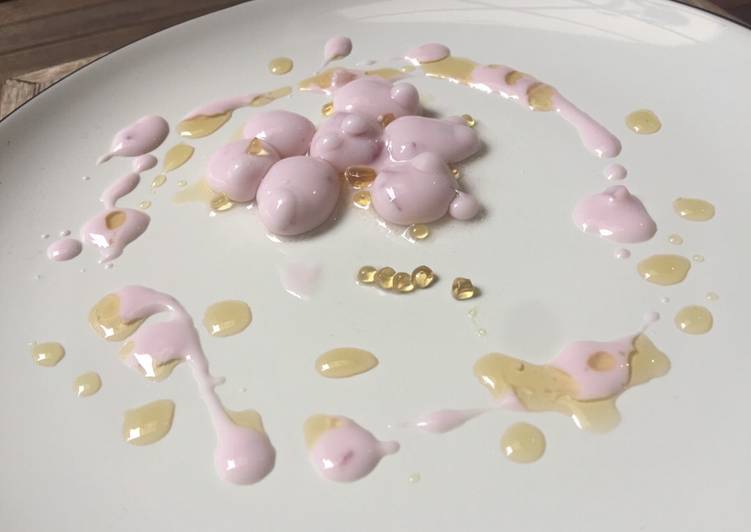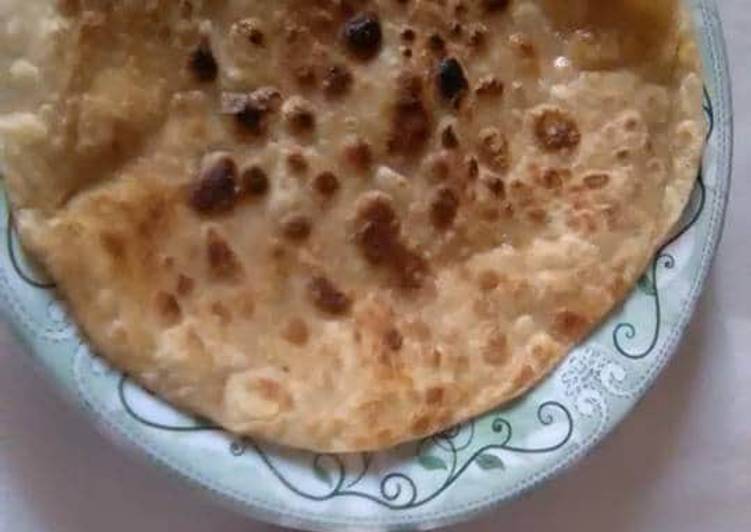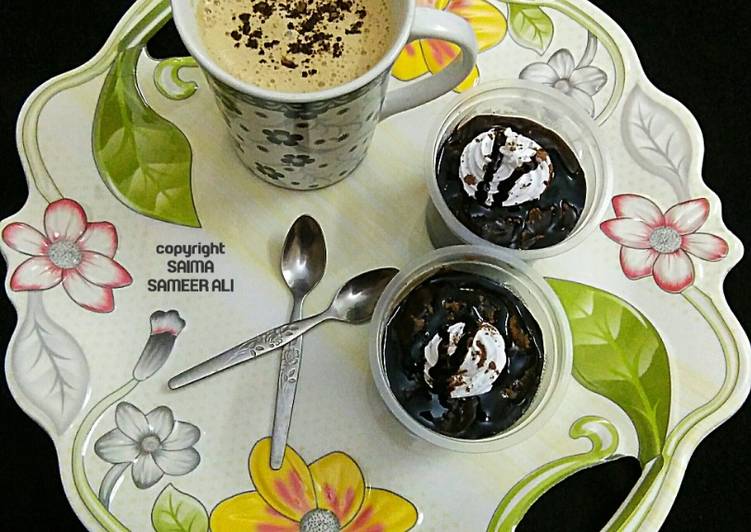
Hello everybody, I hope you’re having an amazing day today. Today, I’m gonna show you how to make a distinctive dish, molecular gastronomy-mango juice spherification. One of my favorites food recipes. For mine, I am going to make it a little bit tasty. This is gonna smell and look delicious.
The molecular gastronomy methods performed by top chefs on TV always appeared challenging for someone like me who never tried them before. Then, I discovered another method called frozen reverse spherification, which allowed me to fill the silicone mold with mango juice to create the. We had fun with this one.
Molecular gastronomy-mango juice spherification is one of the most well liked of recent trending meals in the world. It’s enjoyed by millions every day. It’s simple, it is quick, it tastes yummy. Molecular gastronomy-mango juice spherification is something which I’ve loved my whole life. They are fine and they look fantastic.
To begin with this recipe, we have to prepare a few ingredients. You can cook molecular gastronomy-mango juice spherification using 4 ingredients and 9 steps. Here is how you cook that.
The ingredients needed to make Molecular gastronomy-mango juice spherification:
- Take 2 cups mineral water
- Make ready 150 ml mango juice (can be substituted with any other kinds of juice)
- Make ready 1 teaspoon sodium alginate
- Take 1 teaspoon calcium lactate
One of the most interesting things in molecular gastronomy is spherification. Spherification is basically a process that seals a liquid in a jelly like membrane. To make the spherification process easier we took a page from the Alinea cookbook and froze the mango juice in spherical ice molds. Molecular gastronomy is a subdiscipline of food science that seeks to investigate the physical and chemical transformations of ingredients that occur in cooking.
Instructions to make Molecular gastronomy-mango juice spherification:
- Prepare 2 cups of mineral water in a big container, then pour in 1 teaspoon of sodium alginate
- Mix it with a mixer, so that the sodium alginate can blend perfectly with the water
- Set aside the sodium alginate mixture for 15 mins
- Prepare the mango juice, then pour in 1 teaspoon of calcium lactate
- Mix the calcium lactate with the mango juice thoroughly
- After 15 minutes, scoop approximately 1 teaspoon of the calcium lactate and mango juice mixture, then drop it slowly to the sodium alginate mixture to make sure it forms the shape of a sphere (here i used a fruit bowler as the sphere-making apparatus)
- Wait for approximately 3-5 minutes, then drain out the spheres
- Place the spheres into a bowl of water, just to make sure there aren’t any excess of sodium alginate mixture left in the outer layer of the spheres
- (optional) plate the spheres well, just to make it even more appealing. here is a REFERENCE on how to display the spheres
Its program includes three areas, as cooking was recognized to have three components: social, artistic, and technical. Molecular gastronomy as a term is several decades old. At the time, food science was all about Spherification is probably one of the most hyped techniques when it comes to molecular There will be no layer around the juice. Generally, adding the alginate to the ingredients and making a calcium. Making Mango Spheres via reverse spherification technique.
So that is going to wrap it up for this exceptional food molecular gastronomy-mango juice spherification recipe. Thanks so much for your time. I am confident you will make this at home. There’s gonna be interesting food in home recipes coming up. Don’t forget to bookmark this page in your browser, and share it to your family, friends and colleague. Thank you for reading. Go on get cooking!

